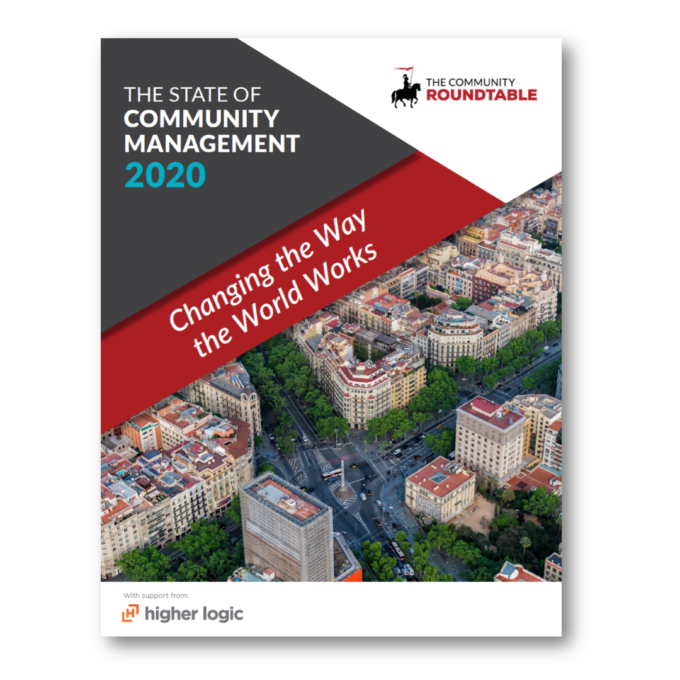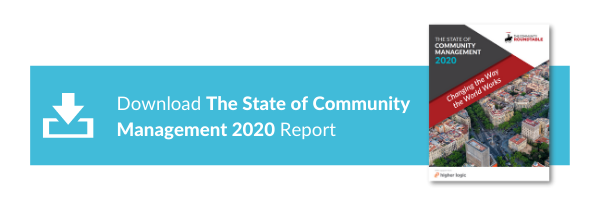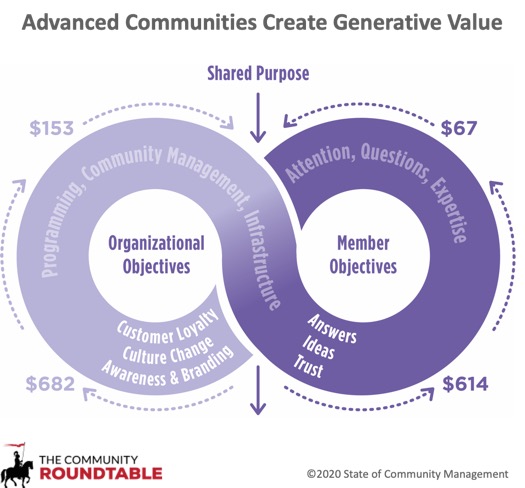
It’s a bold statement, that communities are changing the way the world works.
On the other hand, it is about time.
Changes in society, the economy, technology, health, and the environment are revealing gaping cracks in our organizational governance model, our leadership approach, and how we best inspire people to thrive and contribute.
The COVID-19 pandemic has exposed viscerally what we already knew intellectually – that the challenges and opportunities we face now are complex – and that our organizations and the way we work are not sufficient to address them. Machines, robots, and technology can produce commoditized products and standardized services. The work left for humans to do is nuanced, creative, and collaborative. It requires each of us to maximize our unique strengths rather than conform to a standardized set of skills.
While much of the conversation has been prompted by new technologies, the innovations we need to make to organizations are in accounting, legal, management, and governance structures. The operational structure of organizations is now the biggest barrier to culture change. Organizations were designed to rigidly maximize efficiency but in a world that now needs rapid innovation, that structure is fragile and ineffective.
Strategically managed communities are emerging as an organizational model that is more adaptable, distributed, equitable, and profitable. However, that value can be hard to see, track, and communicate. This has been the work of The Community Roundtable.
This year, we can calculate the financial impact for individuals and show that each constituent in a healthy community gains significantly more value than they add, in a way that makes engagement and participation compelling. These financial benchmarks are critical to helping business and financial stakeholders feel confident in investing in community approaches.
We can also show how this per member investment changes over time as the community matures and develops. Investing early to ensure the community becomes self-generative results in significantly lower costs over time.
Explore this and other 2020 Key Findings in the full State of Community Management 2020 Report
1. Advanced Communities Create Generative Value
Advanced communities generate outsized returns and return more value to each set of stakeholders than is invested. As these communities age, costs decline and returns increase, creating a self-propelling and generative business model.
2. External Communities Elevate the Customer Experience
External communities deliver value throughout the customer experience. External communities improve customer value by providing access to other customers, increasing trust, delivering solutions, and generating new ideas. External communities empower customers and contribute positive brand impact, all while improving profitability.
3. Internal Communities Reveal Untapped Potential
Internal communities have vast potential to transform organizations by changing how employees work and learn. The most successful Internal Communities deliver complex business objectives like culture change, communications, brand awareness, and productivity. However, tantalizing indications of potential with Internal Communities are squandered by underinvesting in community management, even though there is more invested per member than in External Communities.



